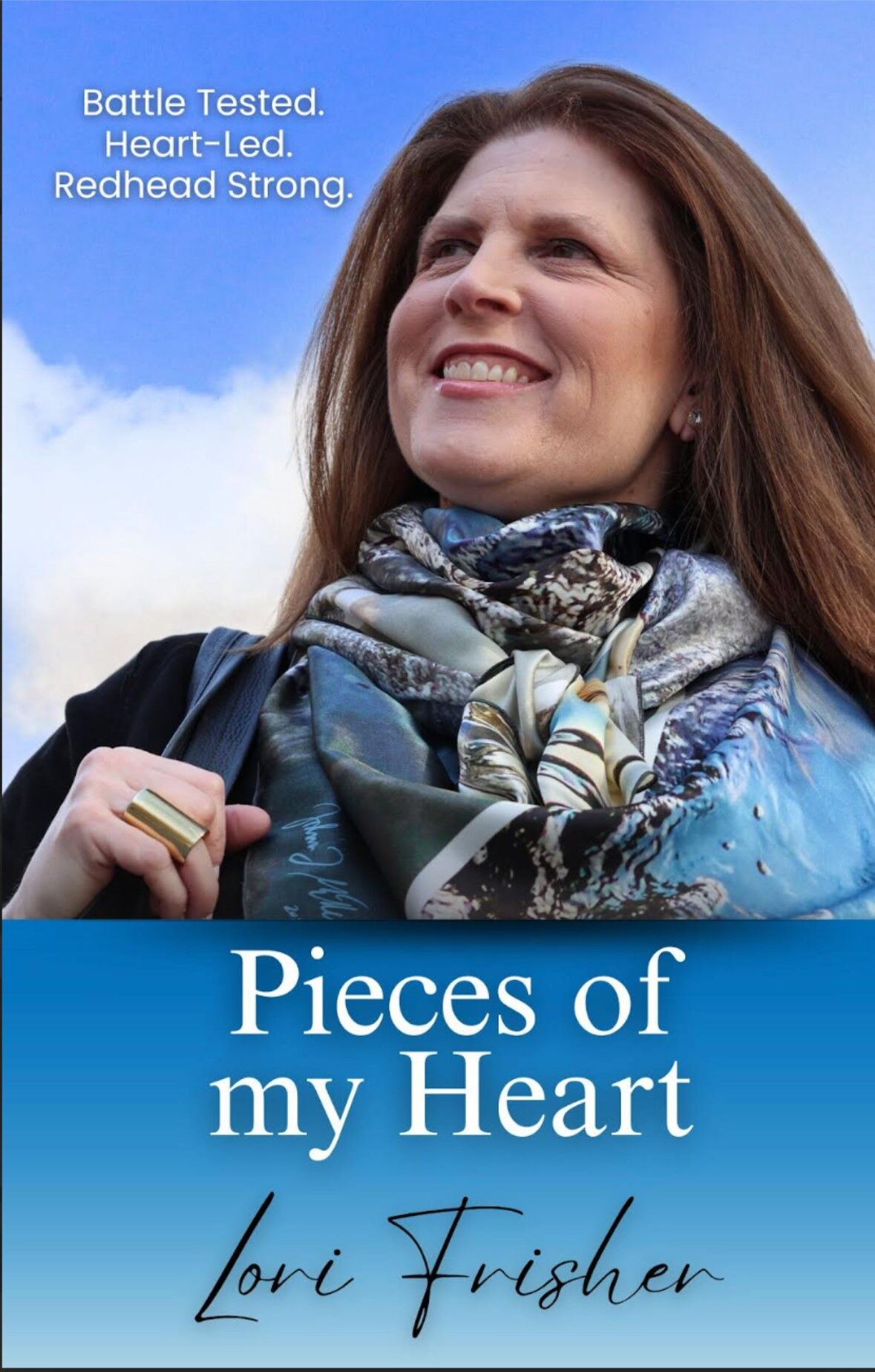
It’s a small world after all….NOT!
How about we reword that as “it’s a wide world after all”?
After all, there’s a worldwide population of 1.8 billion people that have a disability. That’s not a small number, is it?
Do you know who makes up a portion of that number? KIDS.
They dream. They wish. They play make-believe.
Thanks to Disney and other companies, they dream of growing up to be like Peter Pan, Cinderella, Snow White, Aladdin and more.
Some dream of being able to see what Mickey and Minnie look like.
Some wish they could hear the characters speak on the movie screen.
Some wish they could fly like Peter Pan in their wheelchair.
Disney is leading the charge on becoming more sensitive to people with disabilities.
Disney is working on animations that are more sensitive to those with deafness.
The work never stops. Collaborating and hiring people with disabilities with the life-experience knowledge is how we can create the most memorable adventures.
Dolls in wheelchairs and other mobility aids are featured during ride environments.
Disney characters have been recorded by the public using sign language in the parks.
After all, Disney has it’s own share of disabled characters:
When Ariel lost her voice to be able to experience the world, she became disabled.
Dory had short term memory loss, another disability.
Elsa had a sensory issue that prevented her from touching things.
It’s important that people see this representation, especially for kids. Providing access on and off screen is what every consumer deserves to make it memorable and user-friendly. The importance of inclusion by including portrayals with disability helps minimize the stereotypes and enhances self- esteem.
We build empathy and identity through our storytelling and we all know that Disney shares the stories that touch our world.


